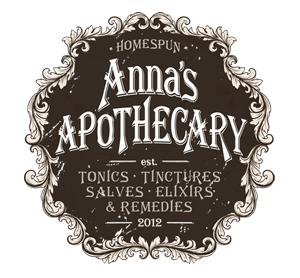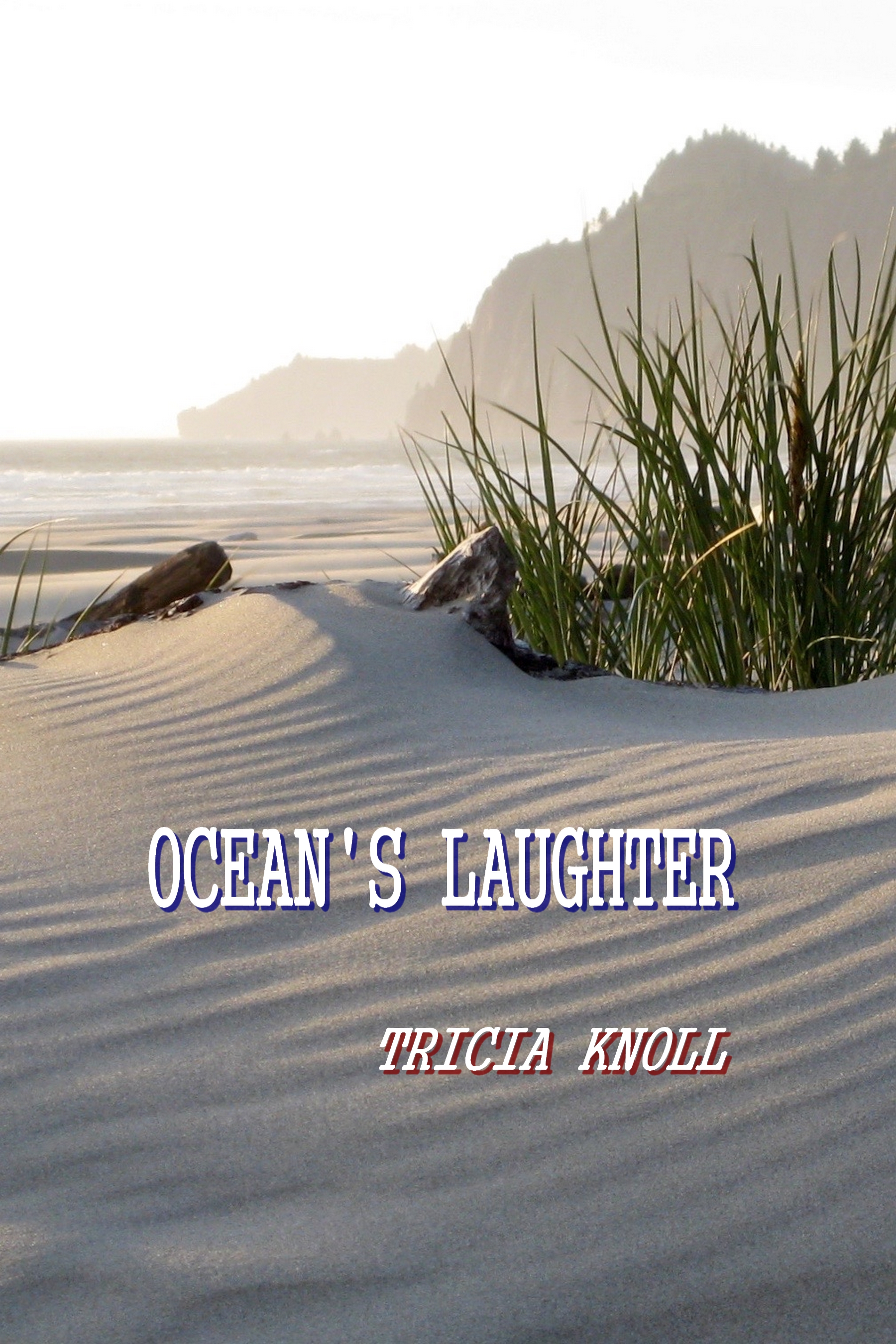
The Goddess Flora as Crone by Lisa Lister
Several weeks (at the beginning of our Stay at Home Orders in Colorado) I “met” Lisa Lister, Flora as Crone’s creator, via email. This happened through friend/poet/mother/ librarian/more Jessy Randall. (Thank you, Jessy, for, as you put it, introducing one “green woman” to another!) Lisa and I corresponded, got to know one another. Aside from being taken with her painting of Flora (a perfect fit for a Flora’s Forum post!) I learned we had connections as far as our vision for the future of gardens. We were both at a place where we were more attracted to “re-wilding” than gardening! More on that later; for now, enjoy Lisa’s creation of a broader and wiser vision of Flora!—S.K.K.
The Goddess Flora as Crone
Flora, the Roman goddess of flowers and fertility is overwhelmingly depicted in imagery as a youthful, innocent-looking, yet voluptuous maiden. (Hmmm…I wonder how many of those artists were men?) As she represents spring, it is, perhaps, understandable that Flora has been primarily represented as young. But why, I wondered, shouldn’t she be seen as growing old, a natural part of life? Shouldn’t we uplift not only the radiance and energy of a youthful woman, but also the seasoned and vibrant being of the same woman, but aged . . . an elder, a crone?
I envisioned the woman in my painting “The Goddess Flora as Crone” as sage, with many decades of experience. She helps usher in and oversees spring, protecting blossoms and assuring the seasonal abundance of flowers. I wanted her to exude the confidence of a woman in her full power, yet with a slightly impish and all-knowing glint in her eyes.
In this context, I have also reclaimed the word “crone” which, unfortunately, has degenerated to mean a disagreeable and ugly hag with malicious supernatural powers. Not so! I choose to define a crone as a wise woman, ordinary and yet extraordinary, one who has absorbed the energy of the green and growing earth, season after season, and who uses that abundant energy for good.
—Lisa Lister

Lisa with elf ear one Halloween
Lisa Fay Lister spent her childhood in Kansas, where vast open skies and wild thunderstorms soothed her soul, even as a young girl. In her gypsy-like twenties, her vision was to live in a peaceful, inclusive and egalitarian world. Her life journey has been joyfully circuitous, but she still holds fast to that utopian vision. Lisa is a retired academic librarian, and now paints in her backyard studio, surrounded by a yard that is slowly rewilding.
















